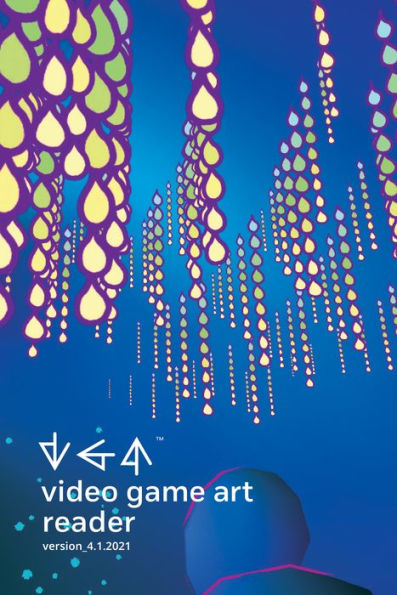In computing, overclocking refers to the common practice of increasing the clock rate of a computer to exceed that certified by the manufacturer. The concept is seductive but overclocking may destroy your motherboard or system memory, even irreparably corrupt the hard drive. Volume 4 of the Video Game Art Reader (VGAR) proposes overclocking as a metaphor for how games are produced and experienced today, and the temporal compressions and expansions of the many historical lineages that have shaped game art and culture. Contributors reflect on the many ways in which overclocking can be read as a means of oppression but also a strategy to raise awareness of how inequities have shaped video games.
Contributions by Uche Anomnachi, Andrew Bailey, Chaz Evans, Tiffany Funk, D’An Knowles Ball, Alexandre Paquet, Chris Reeves, and Regina Siewald.
1141115160
Contributions by Uche Anomnachi, Andrew Bailey, Chaz Evans, Tiffany Funk, D’An Knowles Ball, Alexandre Paquet, Chris Reeves, and Regina Siewald.
Video Game Art Reader: Volume 4
In computing, overclocking refers to the common practice of increasing the clock rate of a computer to exceed that certified by the manufacturer. The concept is seductive but overclocking may destroy your motherboard or system memory, even irreparably corrupt the hard drive. Volume 4 of the Video Game Art Reader (VGAR) proposes overclocking as a metaphor for how games are produced and experienced today, and the temporal compressions and expansions of the many historical lineages that have shaped game art and culture. Contributors reflect on the many ways in which overclocking can be read as a means of oppression but also a strategy to raise awareness of how inequities have shaped video games.
Contributions by Uche Anomnachi, Andrew Bailey, Chaz Evans, Tiffany Funk, D’An Knowles Ball, Alexandre Paquet, Chris Reeves, and Regina Siewald.
Contributions by Uche Anomnachi, Andrew Bailey, Chaz Evans, Tiffany Funk, D’An Knowles Ball, Alexandre Paquet, Chris Reeves, and Regina Siewald.
0.0
In Stock
5
1

Video Game Art Reader: Volume 4
118
Video Game Art Reader: Volume 4
118Related collections and offers
0.0
In Stock

Product Details
| ISBN-13: | 9781943208357 |
|---|---|
| Publisher: | Amherst College Press |
| Publication date: | 02/11/2022 |
| Sold by: | Barnes & Noble |
| Format: | eBook |
| Pages: | 118 |
| File size: | 9 MB |
From the B&N Reads Blog
